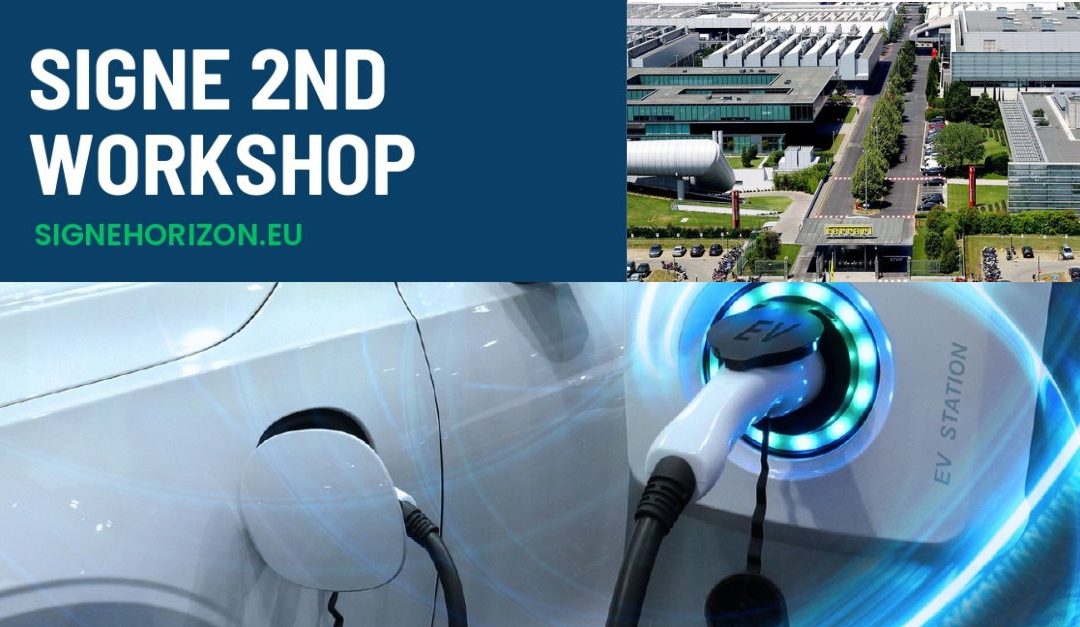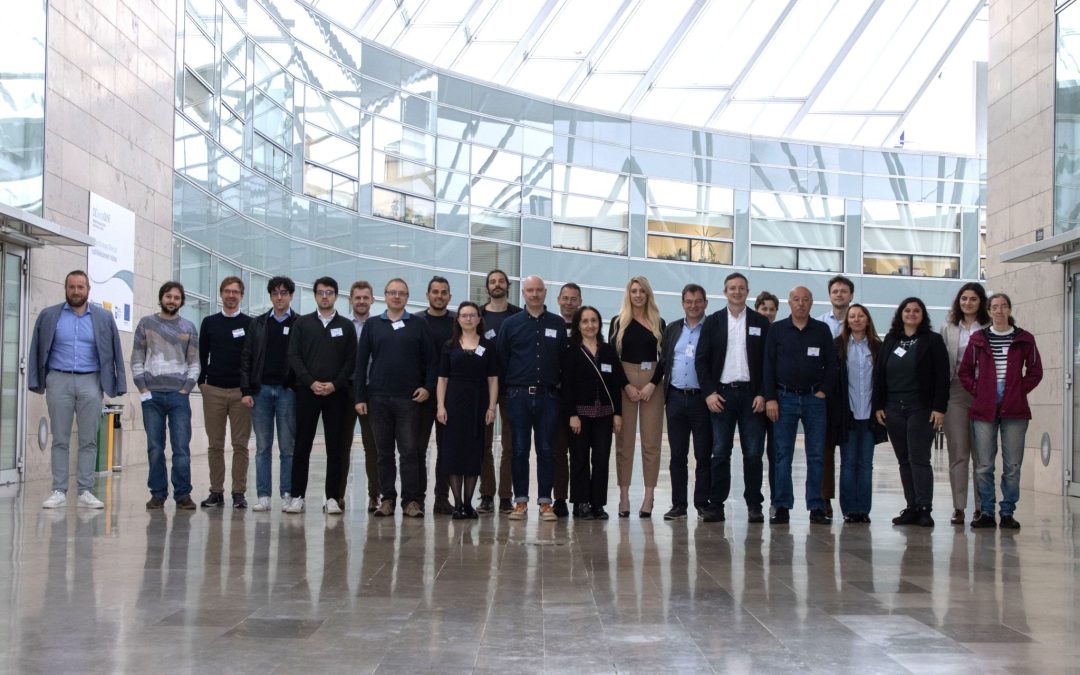SiGNE, an €8 million project, led by the Professor Kevin M. Ryan of the University of Limerick and funded by the European Union under the Research and Innovation Framework Programme Horizon Europe, which will deliver an advanced lithium-ion battery (LIB) aimed at the High Capacity Approach, was launched at the Bernal institute in the University of Limerick, Ireland on the 13th and 14th of October, 2022. Over the two days, the Partners gathered to discuss the upcoming work that lay ahead over the next 4 years and the possible challenges the Consortium might face during the 4 years of the project.
For the next 48 months, SiGNE, formed by 16 partners in total, 7 research performing organisations (UL, KIT, ZSW, DLR, CID, FSU-Jena, U Roma) and 10 industry partners (Ferrari, TES-AMM, CRF-Stellantis, SVOLT, Analog Devices, TMEC,TMEC PL, Sidrabe ,Delfort and Solvionic) across 8 countries in Europe, will work together to deliver an advanced lithium-ion battery (LIB) for Electric Vehicles that will deliver higher energy (50% increase in both specific and volumetric) and power density (300% increase) in an equivalent pack size than that achievable using commercial cell chemistries.
SiGNE’s objectives will be achieved by materials developments at component level of the battery of anode, cathode, separator and electrolyte that are optimised for rapid transition to prototype development and manufacturing with minimal environmental footprint. The advances obtainable with this technology will translate to a 50% range enhancement for EVs with a similar pack size. In real terms, this would push the maximum range from 540 kms (higher end of what is currently available) to 810 Kms which is a similar range to an internal combustion engine with a full tank. The technology will be cost competitive and allow for fast charging and extremely long and stable cycle life that will facilitate significant second use of the batteries beyond the lifetime of the car.
SiGNE bridges fundamental materials science & electrochemistry (e.g., electrode architecture design, electrolyte chemistry/formulation, modelling) with engineering (upscaling & manufacturing) and sustainability assessment, (a focus on design for recovery and reuse of cell components following 2nd life use) to ensure long-term alignment with the Circular Economy Action Plan of the European Green Deal. The cohesive development of these components by experts across the entire European battery value chain will allow delivery of a high performing SiGNE battery for electric vehicles (EVs) at a price-point below €80/kWh at pack level.
The challenges of cost, range and recharge times of LIB powered EVs is well known yet alternatives to LIBs are not proven commercially and have significant technical hurdles. As such, the future of EVs remains Li-ion, and there is a global race for advances that can reduce costs while enabling higher performance. It is critical for Europe to win this race due to an accepted future of transport that is EV dominated, and the strategic importance of the automotive industry.
The European Union has established a bold objective to position Europe as a strategic global frontrunner in the lithium-ion battery value chain. This initiative involves financing and promoting the establishment of a sustainable and innovative industry that minimizes reliance on external suppliers. In an environment where international markets are affected by production costs, such as energy and labor, the cornerstone of the European strategy is rooted in a knowledge-based economy. The aim is to elevate European industry to a leadership role through the superior quality of its cells and batteries.



